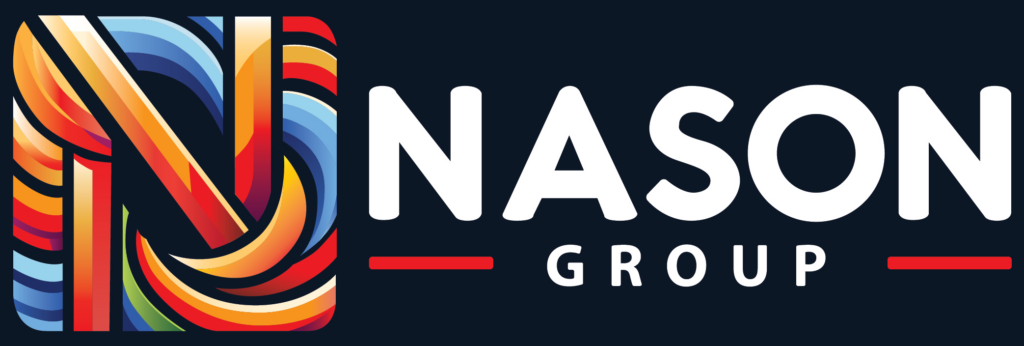How Nurses Pave the Way in Healthcare Innovation
[vc_row][vc_column][vc_column_text]The number of US-employed registered nurses is four times that of doctors, according to the US Bureau of Labor Statistics. Nurses spend the majority of their days interacting with patients, so, they see directly what processes already work and what’s failing in a healthcare facility – especially with patient outcomes.
Since they’re in the front lines and dealing with all circumstances head-on, nurses are highly qualified to provide insights and education on what kinds of technologies and methods can improve a healthcare facility’s operations and procedures. And once their genuine value is realized by investors and higher-ups, nurses will start playing a vital role in industry innovation and disruption.
Let’s take a further look and examine the topic of nurses and industry disruption a little deeper:
How Nurses Play the Influencer
Disruption Ahead, Navigating and Leading the Future of Nursing discusses how leading nurses can use their social influence to drive disruptive innovations, and other studies are showing a link between socialization and innovation.
Nurse leaders question the status quo and possess the power to change perceptions throughout their work environment with their social skills, experience, and ability to empathize.
There are stories of nurses who’ve changed the way patients are treated because their hands-on experience gave them the impetus to question the current treatment methods and advocate patient safety.
In one situation, nurses at a medical facility noticed that a drug used to treat hypersensitivity reactions (HSR) in elderly people with cancer, called diphenhydramine, was adversely affecting patients. According to experts, elderly patients shouldn’t use the drug due to impaired drug metabolisms, and because of its connection with harmful central nervous system reactions.
However, diphenhydramine was the drug of choice at this specific facility – because ‘that’s how things were always done.’ Though, since the nurses had more access to the patients, they had first-hand knowledge of what was going wrong and felt compelled to speak up and question the status quo. Through these socialized efforts, the treatment method was switched to safer drugs for seniors, such as cetirizine.
Such an impactful change couldn’t have happened without the social influence of nurse leaders. It takes someone (or several people) with those innate leadership qualities to present new ideas and get decision-makers on board. Plus, as the people dealing with patients more intimately than any other healthcare professionals, nurses are the likeliest to notice real-time safety concerns.
Nurses in leadership roles are often part of a network of healthcare system constituents and hold some manner of sway. With this level of social capital, these nurses promote group cohesion and cultural influence to push innovations through obstacles and thresholds quicker than without.
As such, nurse leaders can cultivate professional healthcare environments conducive to the outside-the-box thinking that breeds innovation, better outcomes for patients, and decreased operational costs.
Nurses Are Natural Innovators
Quite commonly, nurses use problem-solving and observational skills to research and test new interventions. Nursing interventions are the treatments and actions performed to achieve the desired patient outcomes.
Nurses regularly perform interventions such as active listening, fall prevention, and pain control, etc. Therefore, they’re innovating all the time, because no one patient is the same and sometimes the best solution is one that’s yet to be conceived.
For instance, many hospital patients will be dehydrated and have a fluid volume deficit – and therefore must remain on IVs for longer. Nurses always utilize different methods and psychological techniques to promote oral intake and make it easier for the patient, so they can get off their IV.
It’s these quick-thinking muscles that nurses flex every single day that makes them a potential lynchpin for innovation and disruption.
How Nurses Can Lead the Way in Technology Disruption
Healthcare staffing companies have begun leveraging artificial intelligence (AI) algorithms to find the best candidates, according to Staffing Industry Analysts’ US Healthcare Staffing Recruitment Strategies report.
Also, with the use of augmented reality and virtual reality technologies, the training results of nurses-to-be have improved dramatically. Subjects demonstrated higher recall and spatial awareness (with head-mounted virtual reality displays), in comparison to desktop-based learning, says a recent University of Maryland study.
Although these training and hiring functions are handled by human resource departments, nurses – as front-line leaders – are the most ideal choice to test, provide feedback, and socially influence potentially industry disrupting changes.
Leading nurses also can act as catalysts for industry disruption process with the following efforts:
- Participating in vendor demonstrations
- Creating cross-departmental teams to evaluate products
- Beta testing new technologies that present low-risk, high-reward options for healthcare hiring
Nurses are vital to healthcare because of the quality care they provide directly to patients each day. But don’t overlook the other ways their insights and experience can improve health care on both small and large scales.[/vc_column_text][vc_empty_space][/vc_column][/vc_row]
